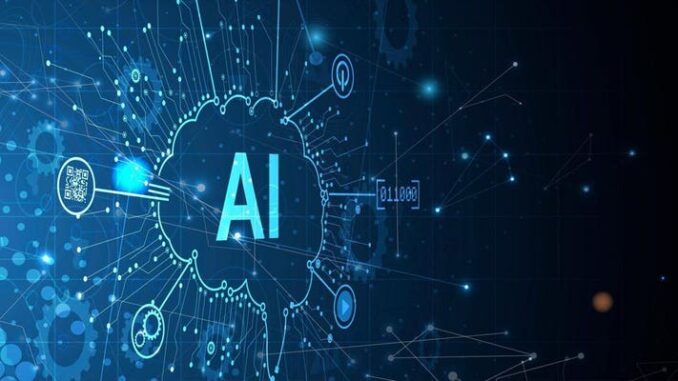
AI technologies have a wide range of real-time applications across various industries. Here are some prominent examples:
### 1. **Healthcare** – **Diagnostic Tools**: AI algorithms analyze medical images (like X-rays, MRIs) to assist in diagnosing diseases.








– **Telemedicine**: Real-time video consultations with AI-enabled tools for symptom checking and initial assessments.
– **Wearable Devices**: Continuous monitoring of vital signs, often using AI for anomaly detection (like arrhythmias).
### 2. **Finance**
– **Fraud Detection**: Real-time monitoring of transactions to identify and flag suspicious activities using machine learning algorithms.
– **Algorithmic Trading**: AI systems execute trades in fractions of a second based on real-time market data analysis.
– **Customer Service**: AI chatbots provide immediate responses to customer inquiries regarding accounts and transactions.
### 3. **Transportation**
– **Autonomous Vehicles**: Self-driving cars that process data from sensors and cameras in real-time to navigate and avoid obstacles.
– **Traffic Management**: AI systems analyze traffic data to optimize signal timings and improve flow.
– **Ride-Sharing Services**: Dynamic pricing and route optimization in applications like Uber and Lyft based on real-time demand and traffic conditions.
### 4. **Retail**
– **Inventory Management**: AI tools predict stock needs in real-time based on customer behavior and sales data.
– **Personalized Recommendations**: E-commerce platforms utilize AI to provide personalized product suggestions based on user interactions.
– **Customer Insights**: Real-time analytics on customer behavior to enhance marketing strategies and in-store experiences.
### 5. **Manufacturing**
– **Predictive Maintenance**: AI analyzes data from machinery to predict breakdowns before they happen, reducing downtime.
– **Quality Control**: Real-time inspection using computer vision to identify defects in products during the manufacturing process.
– **Supply Chain Optimization**: AI algorithms optimize logistics and inventory systems in real-time to reduce costs and improve efficiency.
### 6. **Agriculture**
– **Precision Farming**: AI drones and sensors gather real-time data on crops, leading to better decision-making about irrigation, fertilization, and pest control.
– **Yield Prediction**: Machine learning models are used to predict crop yields based on environmental and historical data.
– **Autonomous Equipment**: Tractors and harvesters equipped with AI can operate with little to no human intervention.
### 7. **Telecommunications**
– **Network Optimization**: AI algorithms optimize the allocation of bandwidth and troubleshoot network issues in real-time.
– **Customer Support**: AI-driven chatbots provide immediate assistance to customers experiencing issues with service.
– **Predictive Maintenance**: Monitoring systems analyze network performance and predict equipment failures.
### 8. **Entertainment**
– **Content Recommendation**: Streaming platforms like Netflix and Spotify use AI to recommend movies and music in real-time based on user preferences and behavior.
– **Game AI**: Video games employ AI to create adaptive, real-time responses to player actions for more engaging gameplay experiences.
– **Real-time Content Generation**: Algorithms that create game levels or music based on user input.
### 9. **Smart Homes**
– **Voice Assistants**: Devices like Amazon Alexa or Google Home provide real-time responses and control over smart home systems.
– **Security Systems**: AI-enabled surveillance systems can detect unusual activities and alert homeowners in real-time.
– **Energy Management**: Smart thermostats utilize AI to optimize heating and cooling based on real-time occupancy data.
### 10. **Personal Assistants**
– **Smartphone Assistants**: Siri, Google Assistant, and similar tools use AI to process voice commands and provide real-time information or perform tasks.
– **Productivity Tools**: Applications that use AI to organize schedules, set reminders, and automate repetitive tasks.
These applications illustrate just a fraction of the potential of AI technologies. As advancements continue, particularly in areas like machine learning and natural language processing, the applications are expected to expand and become even more sophisticated, driving improvements in efficiency, accuracy, and responsiveness across numerous sectors.

Leave a Reply